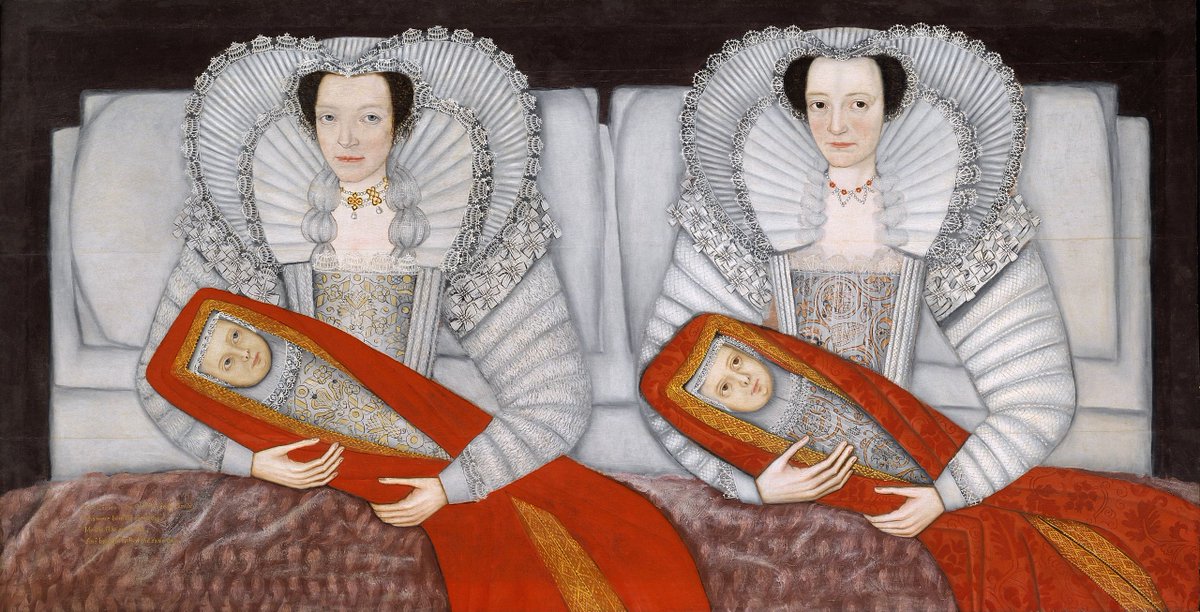It's been a while since we've shown you a weird fad in medieval Christian art, so here's one you might enjoy - Lactatio Bernardi: The Lactation of St Bernard. 

Now it's important to note that St Bernard of Clairvaux isn't the one doing the lactating. He's the kneeling guy. That's the Virgin Mary right there doing the lactating, with baby Jesus on her lap. 

Bernard of Clairvaux was a 12th century abbot and one of the founders of the Knights Templar. Here's a couple of depictions of him outside of the milky miracle.




The story goes that St Bernard was praying in church before a sculpture of the Madonna. She came to life and squirted breast milk in his mouth. In some versions this literally happened, in others it was a dream, so some depictions show a more literal church; others more heavenly.




In some versions of the story, Mary dribbles three drops of milk onto Bernard's lips. In others, she squirted him. Artists tended to prefer depicting the latter, but sometimes restrained themselves with the volume of milk they portrayed.






In most depictions, the milk is depicted as travelling a frankly alarming distance from Mary's breast to St Bernard, sometimes all the way down from heaven. We commend her aim.




But... why? We'll do our best to explain. The Lactation of St Bernard is linked to another medieval art trope: the Madonna Lactans. Depictions of Mary breastfeeding the Christ child were also popular.






The prevailing scientific opinion at the time was that breast milk was period blood, converted into milk. The milk of the Virgin Mary, therefore, was very special indeed. There is even a church in Bethlehem dedicated to where Mary spilt some milk.
So were any miraculous properties ascribed to the milk in the story of St Bernard? We're glad you asked! Once again, it varies. Sometimes the milk gave him wisdom, sometimes it cured an eye infection, sometimes it proved Mary was the mother of all.
Usually the miraculous result of the milk incident is not depicted in paintings, although sometimes St Bernard's eyes may look a little bit screwy as Mary squirts milk at him.




Following the Council of Trent in the mid 16th century, depictions of Madonna Lactans fell from favour, as did much other horny or weird Catholic art. The St Bernard paintings stuck around for a little longer, though, because artists seemed to really enjoy the scene.
• • •
Missing some Tweet in this thread? You can try to
force a refresh






